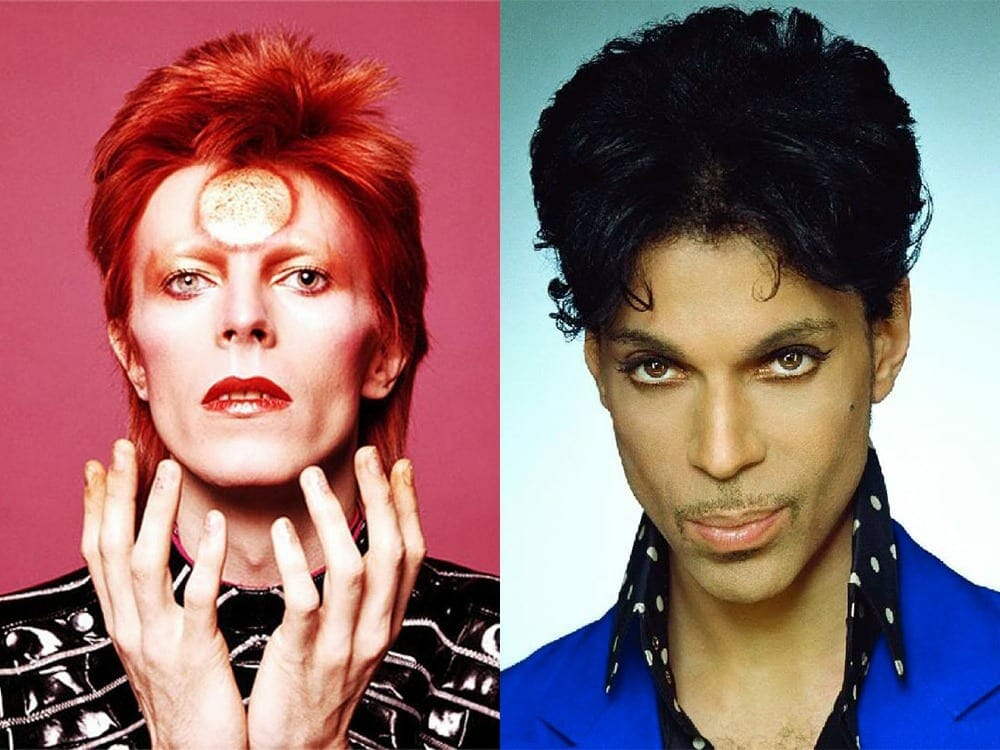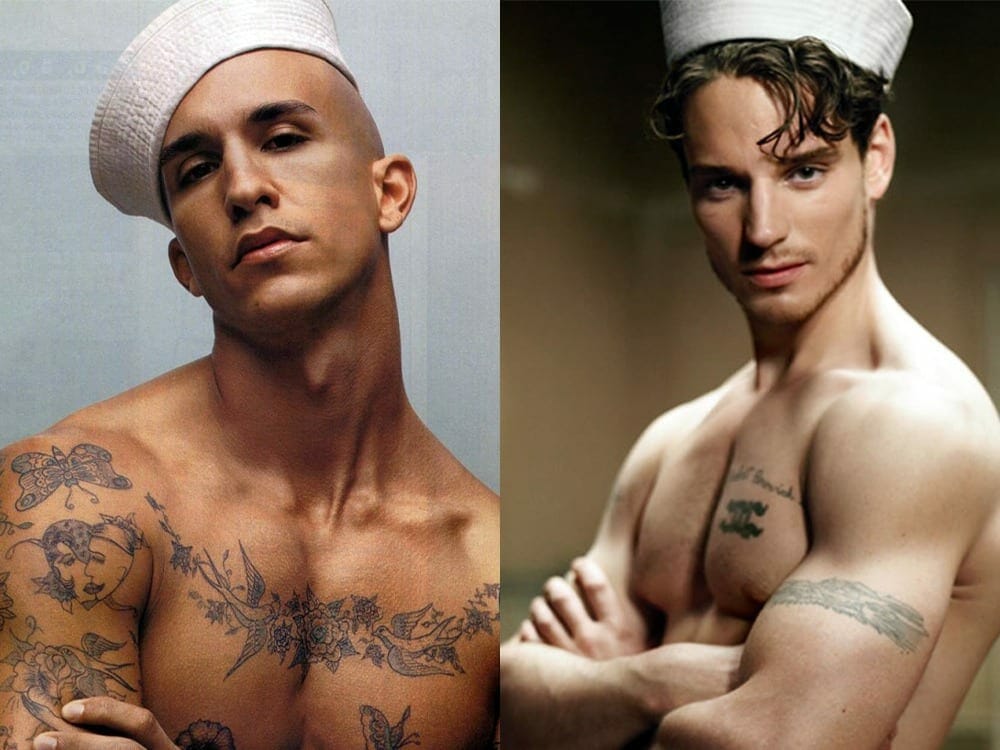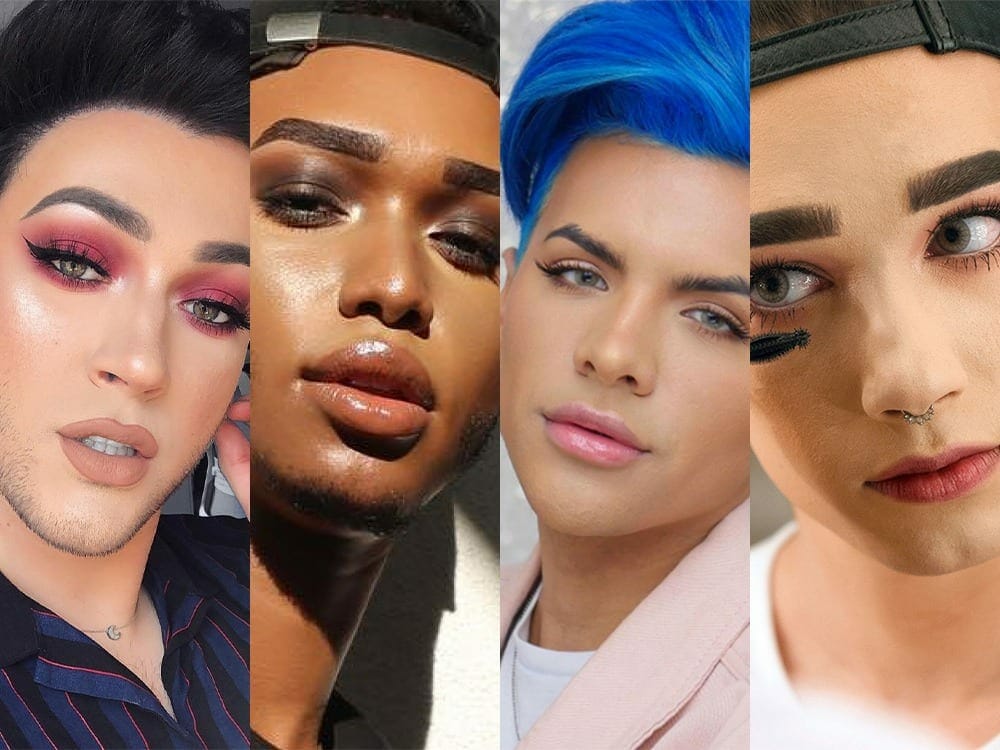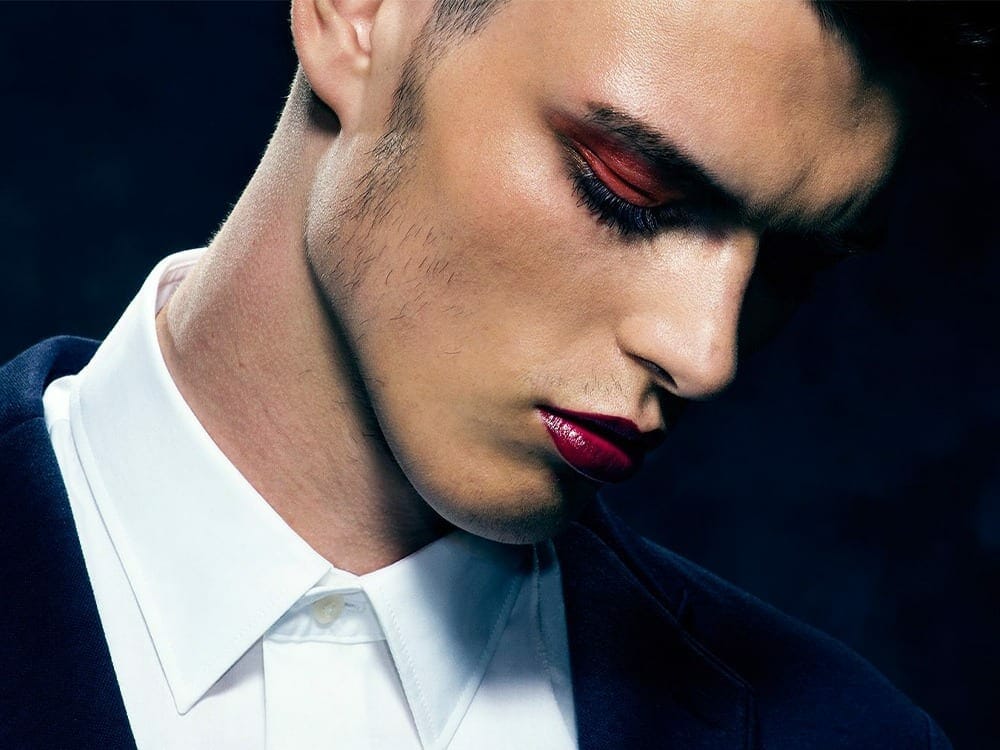Men have always had a long and complicated relationship with makeup.
This is inextricably linked with the changing face of masculinity throughout history.
The Egyptians loved a ‘smoky eye’. Greeks, Romans, Celts and many other great civilisations were also into face masks, eye paintings, and coloured creams.
As the concept of masculinity became more rigid – in a social context – the use of makeups among men started to decline.
Albeit, with notable, iconic exceptions, by the 20th Century, the idea of a man wearing makeup was considered transgressive.
For example, there was David Bowie’s otherworldly metamorphosis into Ziggy Stardust at the hands of Pierre La Roche, or the feline flick that intensified Prince’s lustful stare.

In the 21st century, it seems that the concept of masculine beauty tides is transmuting once again.
Towards the end of 2018, many luxury brands including Chanel, Tom Ford, and Marc Jacobs launched cosmetic lines specifically designed and targeted at men.
And as the conversation around how we define gender roles gains ground, could 2019 be the year when the male makeup becomes mainstream?
Chanel, Tom Ford and Marc Jacobs aren’t the first to mine the male makeup market. Fifteen years ago, back when ‘metrosexual’ was a buzzword, Jean Paul Gaultier launched Le Mâle Tout Beau Tout Propre.
It was a unique range of cosmetics for men such as concealers, eyeliners, bronzing powders, lipsticks, nail varnish, brow and lash groomers, or even illuminating moisturiser.

In their attempt to promote male makeups, the marketing push went to such great length that the products were quickly made distinguishable from the counterparts designed for women.
However, as the times were not quite right, the range quietly disappeared from shelves without much fuss.
Perhaps they were trying too hard. Or, maybe Gaultier was way ahead of the curve, catering to a Gen Z audience that was literally in its infancy.
Now that the likes of Jaden Smith – who has been vocal on the subject of gender fluidity and neutrality – have come of age.
So the landscape has become increasingly ‘gender-free’, the launching of a tinted moisturiser for men feels lesser of a big deal.
The past five years of advancements in grooming and skincare products for men have paved the way for the adoption of men’s makeup.
Moisturisers, foundation, bronzing gels, concealers, and even brow definers are no longer seen as psychological stretches for modern men who invest in their image.
Nowadays, there’s little evidence of any stigma in makeup for men. Long gone are the days of ‘Bowieesque’ flamboyance, or the politically charged statements about inclusivity or diversity.
Men makeup is serious business. For example, MMUK makeup for men brand is looking set to turn over between £3.5 and £5 million, while rolling out into 15 new territories. It is now stocked by ASOS, too.
The brand offers everything from colour-correcting palettes and CC creams to mineral bronzers, the so-called ‘guyliners’ and ‘manscaras’, combining an extensive own-brand line with a selection of hand-picked premium labels.
The same relaxed approach can be seen on social media, with Snapchat leading the way in particular. Just go and check out the routines of men who understand the art of contouring, highlighting, and draping.
These social media influencers have generated countless clicks and dollars for cosmetics giants like Coty, which sees great value in diversity.
Coty has signed many of these influencers as brand ambassadors.

However, there is the danger of reaching the point where the majority of influencers will be reduced to peddling products rather than pioneering for the genderqueer generations.
That is why Jecca, a gender-free and vegan makeup, insists on putting the LGBTQ community at its core.
It is a trend started by ‘Milk’ with their 2017 campaign designed to “blur the lines” and question the preconceived ideas about gender, and now, more brands are taking similar ‘ethically-charged’ approaches to men’s makeup and cosmetics.
There is something very captivating about watching them shapeshift in their videos. There is lots of fun and joyful creativity in every byte of uploaded media online.
It is unknown if gender fluid, boys, girls, or even all of the above form the vast audience of the subject. But, maybe that’s the point; gender no longer needs to be part of the equation.






